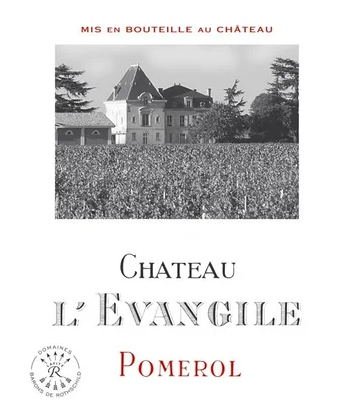
Château L’Evangile
Domaines Barons de Rothschild (Lafite)
33500 Pomerol
Tél. +33 (0)5 57 55 45 55
Château L'Évangile is located on the southeastern plateau of the Pomerol appellation, where the geology is unusual for the appellation: a long stretch of gravel where the appellation is usually best known for its clay. Neighboring Pétrus to the north and Château Cheval Blanc to the south, l'Evangile has borne its name since the 19th century. Since Baron Eric de Rothschild took over ownership, a profound restructuring of the vineyard and, above all, of the infrastructure in 2004, with a new vat room and a circular cellar (the little brother of Lafite-Rothschild's circular cellar), has resulted in greater precision and depth in the wines, which are among the most sought-after in the appellation.
Nestled between Pomerol's star wine (Pétrus) to the north and Saint-Emilion's premier cru classé (Cheval Blanc) to the south, Château l'Evangile has nothing to be ashamed of when it comes to Pomerol. This is all the more true given that its wines (l'Evangile and Blason de l'Evangile), made with legendary subtlety and finesse, have long since won over the hearts of Pomerol's great wine-lovers: that hospitable land of legendary unclassified wines. But what is the history of L'Evangile? And why the name?
The estate was born in the middle of the 18th century under the name of Fazilleau. It wasn't until the early 19th century that the Léglise family sold it to a lawyer by the name of Isambert, who renamed the property “L'Evangile”. In 1862, the property and its 13 hectares were sold to Paul Chaperon, who built the present-day château in the Second Empire style. Through his involvement, this owner had already succeeded in making a name for his wines, appearing in the second edition of the famous Cocks & Féret of 1868, which considered L'Evangile a premier cru du Haut-Pomerol. The famous Pomerol cru remained in the Ducasse family until 1990. It was here that a great owner from an illustrious family branch, Baron Eric de Rothschild, owner of the famous Château Lafite-Rothschild (Premier Grand Cru Classé in 1855 in Pauillac) and Château Rieussec (Premier Grand Cru Classé in 1855 in Sauternes), took an interest in the Right Bank, and more particularly in Cabernet Franc and, by extension, the inevitable Merlot. His aim is to restore the property and its wines to their former glory, by enabling them to reach new heights. There's no doubt that the new owner's ambitions, aided by the expertise and experience acquired in Pauillac with Lafite-Rothschild, will facilitate this new challenge, even if the Rive Droite remains unknown territory for the Rothschild family at the start of the acquisition.
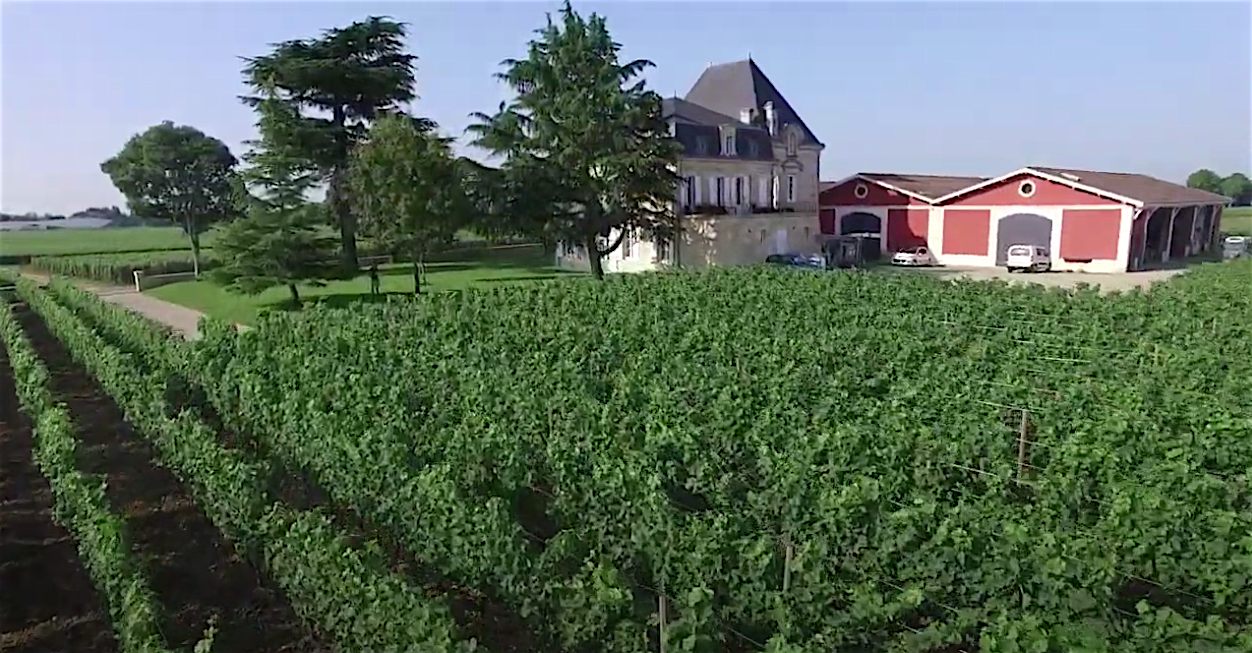
As early as 1990, Baron Eric de Rothschild set his sights on bringing this vintage up to its highest level, to rival the great names of the prestigious but small Pomerol appellation, starting with the example set by Pétrus and Lafleur Pétrus, owned by the Jean-Pierre Moueix company. The purchase of L'Evangile also triggered the official creation of a group, Domaines Baron de Rothschild (Lafite), which includes Lafite-Rothschild and Duhart-Milon in Pauillac, L'Evangile in Pomerol, Rieussec in Sauternes, Château d'Aussières in Languedoc, Domaine Viña Los Vascos in Chile, Domaine Bodegas Caro in Argentina, and Domaine Long Dai in China. Initially, the technical management of l'Evangile was entrusted to Charles Chevallier, a brilliant vineyard technician who had joined Eric de Rothschild's estates in 1984. Charles Chevallier then became technical director of all the family's estates from 1994 until his “early retirement” in 2016, replaced by Eric Kohler (technical director of Rieussec and Aussières) and then Olivier Trégoat since 2019, the current technical director at l'Evangile who has the full confidence of Saskia de Rothschild, daughter of Baron Eric de Rothschild, who joined her father and the management team of Domaines Barons de Rothschild (Lafite) in 2017. At the beginning of 2022, she will take over the presidency and all executive functions from Christophe Salin, general manager of the estates until spring 2018, who then handed over to Jean-Guillaume Prats, who held the position until the end of 2021, after four years of successful development for the DBR Lafite group and its 1,200 hectares of vineyards worldwide.
L'Evangile boasts more than 30 years of investment, since it was bought by DBR (Lafite), and high-level technical skills throughout the group.
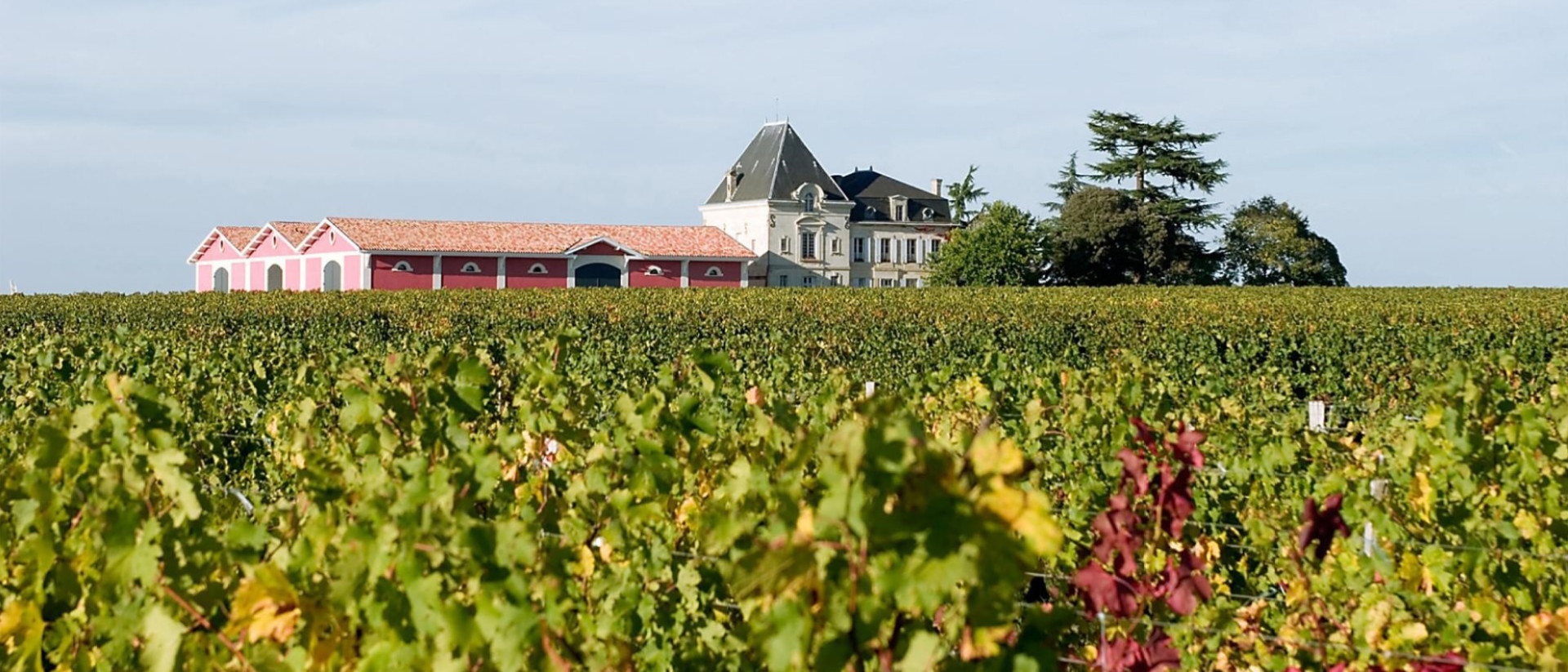
Château L'Évangile and its 22-hectare vineyard are undoubtedly ideally situated on the Pomerol plateau, between Pétrus to the north and Château Cheval Blanc to the south. With a wide variety of soils: clay (the foundation of Pomerol and the reason for the appellation's reputation), clayey gravel and gravelly clayey silica on 14 hectares (gravel is quite uncommon in the appellation, but is a godsend for the Merlot-Cabernet Franc duo), all mixed with the famous iron crasse in the subsoil, the estate has a highly adapted grape variety: 80% Merlot, 20% Cabernet Franc. The Cabernet Franc grape variety is also gaining ground at L'Evangile, a move endorsed by Saskia de Rothschild, as it is highly appreciated for the freshness it guarantees in the wines, perfectly offsetting the (sometimes excessive) generosity of Merlot. Since the arrival of Olivier Trégoat as technical director, very rigorous intra-parcel selections on different soils have been carried out, all with a view to achieving ever greater precision and personality in the wines. The average age of the vines is 30 years, so everything is managed on a parcel-by-parcel basis to better delimit the specific characteristics of each part of the vineyard and be able to separate them into batches during vinification. Juliette Couderc, who joined L'Evangile in 2020 after managing the group's Chinese estate, Long Dai, is in charge of the precious vineyard. As part of its environmentally-friendly approach, l'Evangile has been certified organic since 2021, and is the first estate in the DBR (Lafite) group to be so certified.
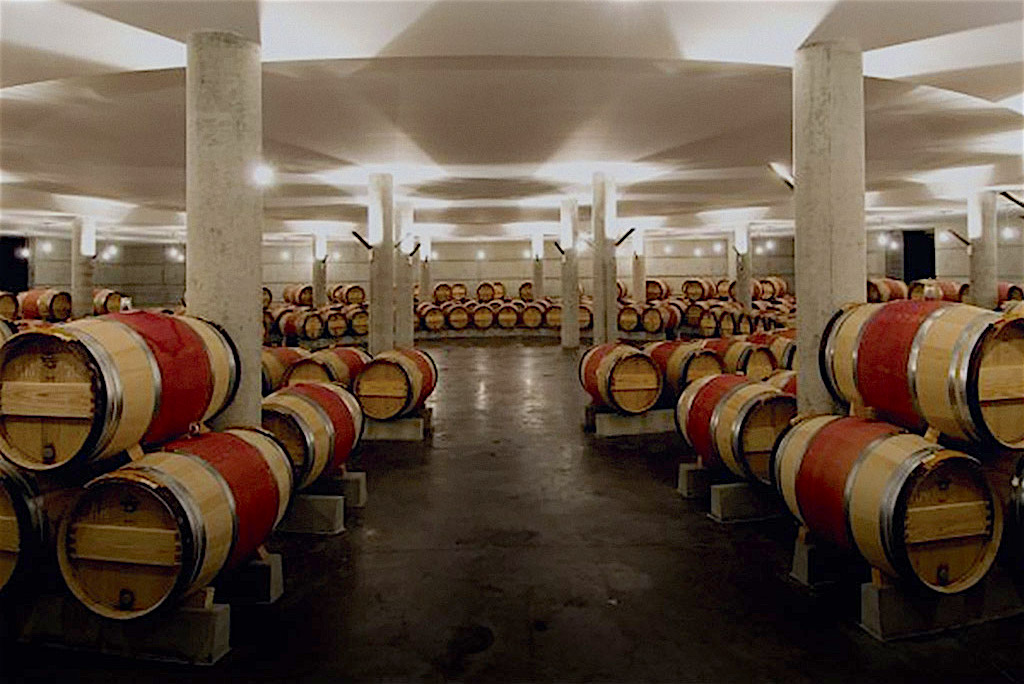
In 2003, with Charles Chevallier and Jean-Pascal Vazart at the helm, Domaines DBR (Lafite) decided to invest heavily in restructuring the vineyard (to refine the wine's downstream tasting parameters). Secondly, as a logical follow-up to the restructuring of the vineyard, a new vat room designed for 100% parcel management was built, as was the cellar and the interior renovation of the château in 2004. For those familiar with Lafite-Rothschild's incredible circular winery, designed by architect Ricardo Bofill in 1987, a visit to l'Evangile will reveal that the winery is a more modest replica of its big brother at Lafite. In this more “modest” but oh-so-elegant and above all functional circular cellar, the wines are aged for 18 months in barrel, with around 70% of the barrels new (variable according to the typology of each vintage).
Olivier Trégoat, like his predecessors, has contributed enormously to the quality of the château's wines, which have risen to an even higher level since his arrival in 2019. Judging by his first vintage as technical director, with the splendid 2020, there's not a shadow of doubt about his skills. Thanks to intra-parcel management, the wines have gained in freshness and, of course, in “expression of place”. It has to be said that Olivier Trégoat is no stranger to the subject, having spent years working as an independent consultant for the great estates of Saint-Emilion, and in particular for Cheval Blanc, devoted himself to understanding the soils. Making a great wine is a never-ending quest, often involving the fine-tuning and fine-tuning of every parameter involved. And understanding the vineyard and the grape varieties that express themselves in it is the essential key to achieving this.
L'Evangile thus produces two wines: the grand vin, Château l'Evangile, and a second wine, Blason de l'Evangile.
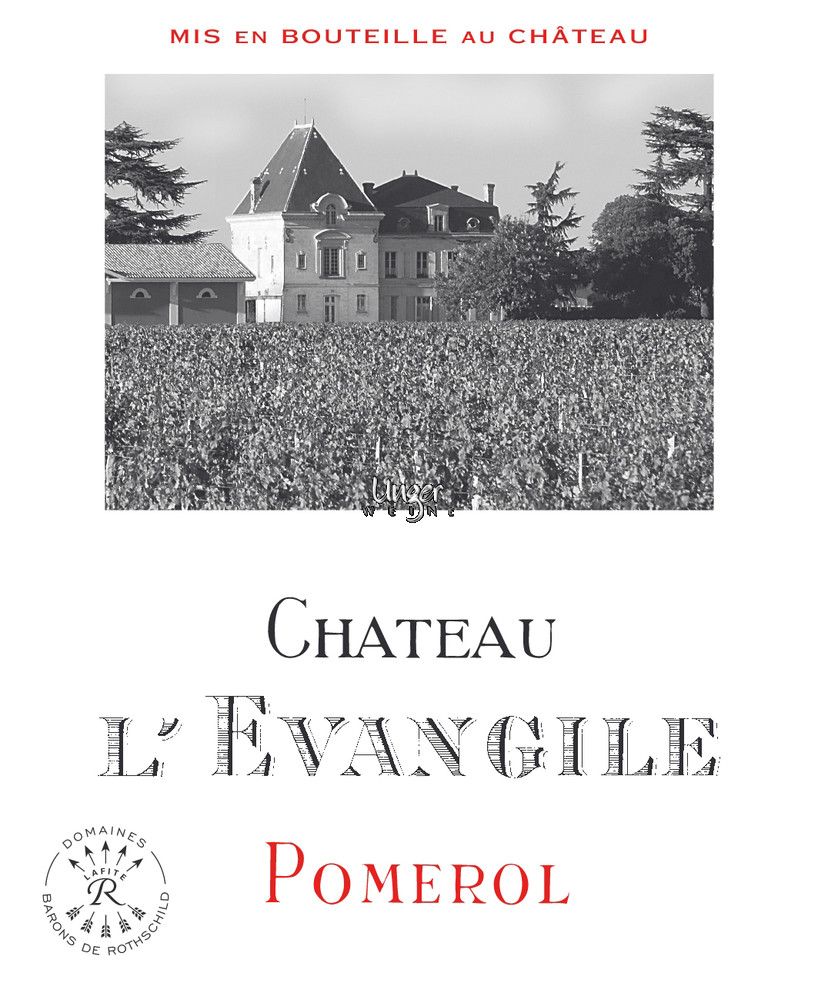
The vintage is exceptional both in terms of weather conditions and what the estates have produced in the glass. L'Evangile 2020 is technical director Olivier Trégoat's first vintage. And it's a complete success! Made from 88% Merlot and 12% Cabernet Franc, the wine is very taut on the nose, with a great sensation of freshness and oxygen. On the aromatic side, the nose is admittedly more discreet than usual with older vintages, but even with restraint, the wine's potential reveals notes of ripe fruit, licorice and spices. The palate is voluminous, with an impressive weight of wine, but leaving a sensation of freshness on the palate, and therefore of balance, all built on sensual tannins. The key word here is balance and tension. The finish is of course saline, fresh and mineral. A great Evangile that shouldn't be opened too soon. Impatients, abstain!
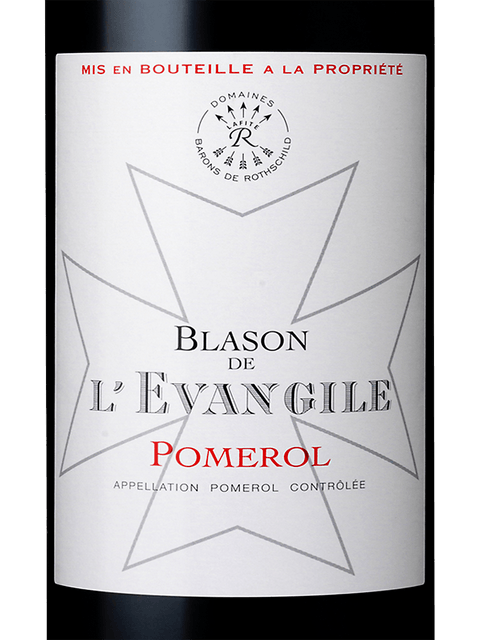
In a vintage characterized by severe drought from April 2022 onwards, the second wine of l'Evangile proves to be up to the task, with grapes harvested at the best possible moment, which have restored freshness and aromatic richness. 12% Cabernet Franc and 88% Merlot make up the wine. The wine's stunning finesse and aromatic elegance are appreciated. Full-bodied on the palate, with docile tannins and a long finish. Blason de l'Evangile 2022 is a second wine among the best successes in this category, both in the appellation and throughout Bordeaux.
1928-1929-1945-1947-1949-1953-1959-1961-1970-1975-1978-1981-1982-1985-1988-1989-1990-1995-1998-2000-2001-2003-2005-2009-2010-2015-2016-2018-2019-2020-2022-2023

Website under construction
Available Soon